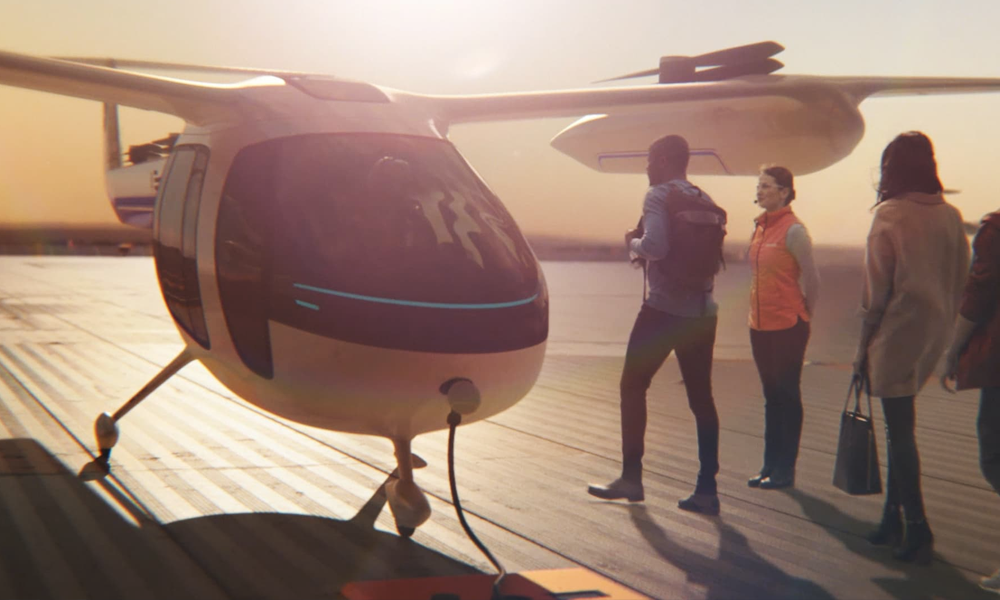
Top up flying taxis in 10 minutes? Researchers have found

Professor Chao-Yang Wang of the University of Pennsylvania can be proud of him and his team. “ I think we have shown that eVTOL is commercially viable, ” he blurted out like a mic drop in an article on his new charging technology for flying cars. And these Americans have just succeeded in solving a tough equation.
Normally, “ high energy density reduces fast charging,” Wang describes , and fast charging reduces the number of possible recharge cycles. »We must therefore choose between autonomy, speed of recharging, or lifespan. So, " We are capable of doing all three " smiles the engineer in the electrochemical engine.
A team of Penn State researchers, led by @PennStateChE and @PSUMechEng Professor Chao-Yang Wang, is designing and testing potential battery power sources for flying vehicles. Learn more: https://t.co/q1Ez42qkhn pic.twitter.com/6h88FXzoDu
— Penn State College of Engineering (@PSUEngineering) June 11, 2021
As summarized by New Atlas , the researchers placed a film of nickel on the negative terminal to accelerate the heating: the battery reaches 60 ° C in 30 seconds, and stays that way for 10 minutes before cooling quickly. On an electric car, this new technology could offer 480 kilometers of range at once. But the Penn State University team has adapted this technology to vertical take-off vehicles, known as VTOLs.

Go higher… yes, but how? To rise vertically and to land serenely, these vehicles consume a lot of energy. That's that much less autonomy, and adding batteries would only make the machine heavier. With their system, scientists say they can recharge their battery with a range of 80 kilometers in 10 minutes - half in 5 minutes. So ideal for the many stops that the flying taxis of tomorrow will make. And this without bursting the battery which thus held 2000 recharging cycles without losing capacity.
Until now, we invented machines adapted to this use which lacked a source of energy. It is now settled. Now, one can only repeat the words of Director Wang: eVTOL as an air taxi is now commercially viable.
